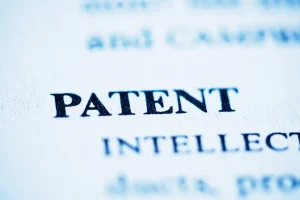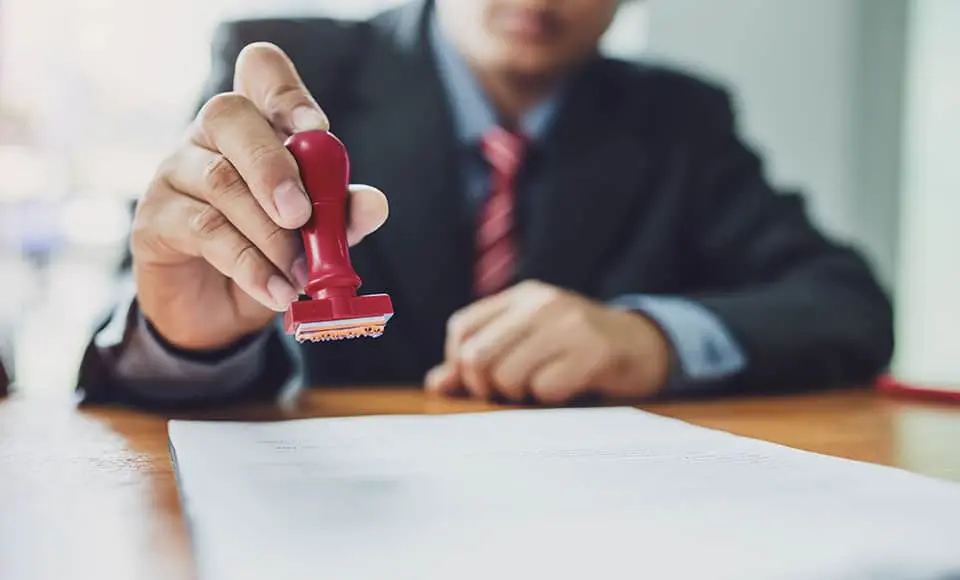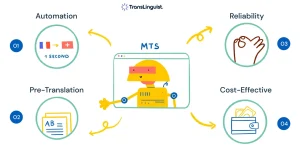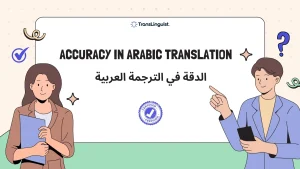We are not talking about translating a marketing slogan or a travel brochure. This is legal patent translation, technical, unforgiving, and full of landmines if you mess it up. If your company is eyeing international patent filing, the quality of your translation can literally make or break your global IP protection. One wrong term? Your patent could be rejected or, worse, unenforceable. That is a serious risk. So how do you avoid that nightmare? It is simple. Well, kind of. It takes the right team, the right process, and a few non-negotiables. That is what we are diving into today: 5 must-follow tips to ensure top-notch foreign patent translation services.
Let us get into it…
Pick a Translator Who Knows the Tech and the Law
This one is a dealbreaker. You would not hire a general doctor to perform brain surgery, right? Same idea here. Patent translation is not just about converting words. It is about interpreting complex technical content within a legal framework. That means your translator better know the difference between “conductor” in an electrical circuit versus a musical setting, and they need to understand legal terms like “claims,” “embodiments,” and “prior art.”
Look for translators with:
- A background in the relevant scientific or technical field
- Experience with patent offices and international filing systems
- Familiarity with the language of the jurisdiction in which you are filing
Honestly, this is where a lot of companies slip. They go cheap, and suddenly, there is regret.
Do Not Skip the Patent Translation Quality Assurance Step
Even the best translators miss things. Typos. Misinterpretations. Formatting inconsistencies. That is why a solid patent translation quality assurance process is your safety net. You want a second (and even third) set of eyes, preferably a bilingual patent attorney or senior linguist, reviewing:
- Terminology consistency
- Legal structure adherence
- Technical accuracy
- Formatting and layout compliance for the filing country
Think of it as a legal spellcheck on steroids. One that can save you from some serious headaches later on.

Use Translation Memory Tools (But Do Not Rely on Them Blindly)
Here is a pro tip. Leverage technology smartly.
The software of Translation Memory (TM) can accelerate the process, cut the cost, and make the phrasing of various filings similar. That is a win. But, and this is significant enough, it is not magic. A TM will not memorize jurisdiction-specific peculiarities and legal details. It is a tool, not a translator. Do not leave the reins to the machine. TM is to aid your human expert, not to put him or her out of business.
Be Obsessive About Terminology
Be meticulous.
Inaccurate or inconsistent terminology is one of the fastest ways to damage an international patent filing. You need a crystal-clear glossary, especially for specialized terms.
Example: If your patent is about a semiconductor component, you’d better make sure “gate,” “source,” and “drain” are not translated into their plumbing counterparts. That may sound silly, but it happens. Ask your translator to build a custom termbase and have it vetted by your engineering or research and development team. It is a little extra work upfront, but absolutely worth it.
Choose a Partner That Specializes in Foreign Patent Translation Services
This might sound obvious, but too many companies outsource patent work to general translation agencies. That is a big mistake. Instead, partner with a provider that fully understands patents, one that understands international filing protocols such as PCT, EPO, USPTO, and country-specific compliance issues.
These professionals should offer:
- Native translators with domain expertise
- Certified legal reviewers
- Tight turnaround times without compromising quality
- Multilingual project management for large-volume filings
Bonus if they can handle audio or image content embedded in your patents as well.
Final Thoughts
High-stakes and high-precision, accurate patent translation tips are not just helpful; they are mission-critical.
So remember:
- Hire experts who know their subject.
- Build in a quality assurance process.
- Use technology wisely, but do not depend on it entirely.
- Be relentless with terminology.
- Work with professionals in foreign patent translation services.
And to do all that, without the strain?
Our services are technical translations at TransLinguist, even in patents. Our professional linguists, legal staff, and new technology assist in making sure that your filings are precise, lawful, and transparent. Require a partner whom you can entrust your international IP?
FAQs
What makes patent translation more difficult than plain translation?
Translation of patents must be very accurate in terms of both legal and technical terminology. Any mistake can involve the loss of intellectual property and legal security.
What are the qualifications of a translator of patents?
They should not just be linguists, but they have to be experts in the subject matter, about the technical aspect of the patent. It should also be legally certified and have experience with the practice of patent offices.
Is AI or machine translation patentable?
Nor, machine translation is not precise enough to use in legal patents. Human experts are the only ones who may guarantee that the subtle meaning and legality stand firm.
What do you do to make sure that you have translated a patent correctly?
Our approach is a multi-step process with the involvement of native technical translators and lawyers. This will see all terms comply with the patent office of the target country.
What happens when the translation of a patent is bad?
It may result in rejection of the patent, intellectual property loss or expensive litigation. The monetary and legal costs are extremely high.



